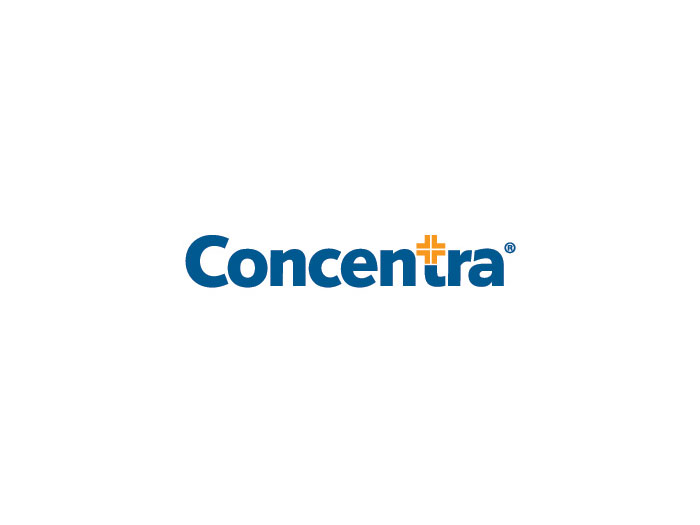Algorithms and Artificial Intelligence Can Make Construction More Efficient: Here’s How

Artificial intelligence (AI) and predictive risk management will be high on the agenda when the International Risk Management Institute holds its 39th Construction Risk Conference November 10–13, 2019, at the Washington State Convention Center in Seattle. In particular one session will specifically address AI, predictive analytics, and the transparent job site.
Ceremonially, ground breaking is the start of a project, but that step is only after months or years of planning. The goal of every owner, contractor, and underwriter is to have the project completed on time, on budget, and out of court. To a great extent, the second and third depend on that first.
Dev Amratia, one speaker in the session, is the co-founder and chief executive of nPlan, a software company that he helped build based on his decades of experience in construction and delivery for one of the major global energy companies.
“I’ve built upstream, midstream, and downstream facilities from Texas to the Netherlands to Qatar to Sakhalin Island,” he said.
It will generate a specific risk profile for each project and quantify those risks. So we are an assurance provider, not an insurance provider.– Dev Amratia of nPlan
“Some of those projects were not delivered on time, and I began learning how to use algorithms to help future projects stay on schedule.”
The first thing he learned was that as an individual, the amount of learning from one project that was applicable to the next project was surprisingly less than he imagined. “Not only are refineries different than hospitals, two hospitals across the street from each other will be different,” Amratia explained.
“Transfer of information in construction is extremely complex.” That is where AI and the algorithms come into play.
After leaving industry, Amratia worked for the government of the United Kingdom; in 2017 he wrote the national strategy on AI. He then helped start nPlan.
“We just passed the mark of 280,000 different projects worth half a trillion dollars planned through our system,” he said.
“It will generate a specific risk profile for each project and quantify those risks. So we are an assurance provider, not an insurance provider.”
While at the conference, Amratia will be meeting with underwriters to discuss ways that AI can be applied broadly to construction risk management and insurance.
“It can determine the quantum of residual risk in a project, and if things change half way through, determine how the residual risk has changed. That output becomes input for coverage of delay in start-up, property and casualty, and builders’ risk.”
Once the work on site has begun, there are four priorities, said Josh Kanner, founder and chief executive of Smartvid.io, and another speaker on the panel. He is going to speak in part about work his firm has done with the Predictive Analytics Strategic Council. That comprises many of the large contractors around the country in commercial construction, as well as risk-management firms, including brokerage Aon.
The council is a group that has volunteered to share safety information with the goal of reducing safety risk as a subset of construction,” said Kanner.
“There are four key factors in construction: safety, cost, quality, and schedule. We have been working with Suffolk Construction, a large regional contractor based not far from our headquarters in Cambridge, Massachusetts. We have been using photos, project data, and outcomes to build a database of specific safety incidents.”
The model is capable of predicting when certain types of incidents are likely to happen soon.
“That seems remarkable in construction, but it is really just on a par with what is going on in other sectors. Industrial operations are using AI for predictive maintenance to replace parts before they fail. Financial services companies have algorithms that predict if certain employees are likely to leave.”
Knowing when an accident is likely to happen is only half the battle, however. The other challenge is deciding what to do. The scene from the comedy film Groundhog Day comes to mind where Bill Murray’s character relives the same day over and over until he knows when to stand under a tree to catch a child that will fall.
“Knowing what to do is exactly what the council is trying to decide,” said Kanner.
“If a contractor can avoid just one out of every four incidents, that can mean anywhere from 40 to 100 fewer incidents a year for a company the size of Suffolk. At an average cost of $38,000 per incident, that one-of-four incidents avoided means millions of dollars of costs avoided.”
At present the predictive output goes to a risk dashboard reporting things like a sharp increase in overtime, which could precipitate fatigue-related injuries. The decision on how to act is still up to the contractor. That could be dialing back the schedule, or hiring temporary additional workers. All the possible actions have their own risks as well so the process has to be comprehensive. &











